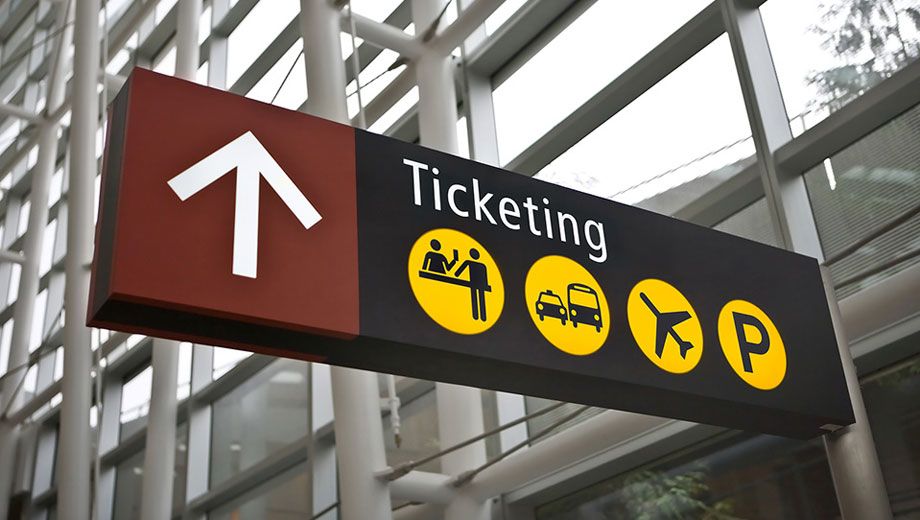Qantas vs Virgin Australia slugfest: business class gets cheaper

Qantas and Virgin Australia are in the biggest tussle to attract business travellers that Australia has seen in over than a decade.
The airlines are showing off bigger planes, more flights, domestic business class lie-flat seats, better frequent flyer programs for the top travellers -- and, now, lower fares.
Why? There's a huge bump in the amount of actual seats on the market and flying around Australia.
Virgin Australia has rolled out two new Airbus A330s and with them, new Melbourne-Perth and Melbourne-Sydney flights (with another new A330 due before the year is out).
In response, Qantas is putting the Boeing 747 back onto Sydney-Perth flights and adding A330s for Melbourne-Perth.
The Red Roo and Jetstar are also facing a flood of low-cost seats from Tiger as the once-grounded carrier starts flying a full schedule again.
Supply and demand
With more seats competing for your travel budget it's simple economics: supply goes up, prices go down.
And while price wars usually run rampant in economy but give little joy in business class, there's great news for those who travel at the pointy end of the plane.
"The growth in business class will be disproportionately higher because Virgin is giving Australia domestic business class competition for the first time since Ansett collapsed" says Will Horton, analyst from the Centre for Aviation.
Matthew Cantelo, General Manager of Corporate Travel Management's New South Wales operations, agrees.
"Price competition will tie in with seat availability, or capacity" Cantelo tells Australian Business Traveller. "Once capacity in the business class cabin starts to fill the price will move accordingly."
"Both Qantas and Virgin have very sophisticated yield management systems, and this is driven by supply and demand. Notwithstanding [that], we are anticipating a fairly aggressive approach from Virgin and a defensive approach from Qantas to protect its 65% market share."
How low can prices go?
But while the competition for your dollar is hotting up, don't expect an immediate price drop as capacity grows.
"The capacity build-up is gradual" CAPA's Horton explains. "The public has been experiencing the increased capacity as well as the fare discounting that has come with the added seats. Capacity growth will likely be approximately 10 percent, but this depends on growth from Qantas and Virgin, who are still planning the next half (of the year)."
So, the million-dollar question: how much of a price drop will you see?
"Economy fares will see sales in the range of what was offered two or three years ago" Horton predicts. "Business class will continue to see discounts, but Virgin has been bullish in reckoning there has been unrealised demand it can stimulate without drastic fare decreases. Limiting further discounts are fuel prices, which are at near record levels and comprise for approximately a third of an airline's cost."
Where will prices drop the most?
"Growth will be on triangle routes but especially strong in regional markets, although demand there is being taken up by the corporate and resource markets," Horton says.
CTM's Cantelo agrees: "One would assume the major trunk routes will be more popular with business travellers. If this plays out we should see greater discounts on the regional routes initially. We may also see competition heating up on the East Coast – Perth flights very soon."
What are you seeing on the routes you travel? Is the Brisbane-Melbourne-Sydney triangle getting cheaper? Or are regional flights costing you less? Drop a comment below to share your experiences with fellow AusBT readers.
Hi Guest, join in the discussion on Qantas vs Virgin Australia slugfest: business class gets cheaper